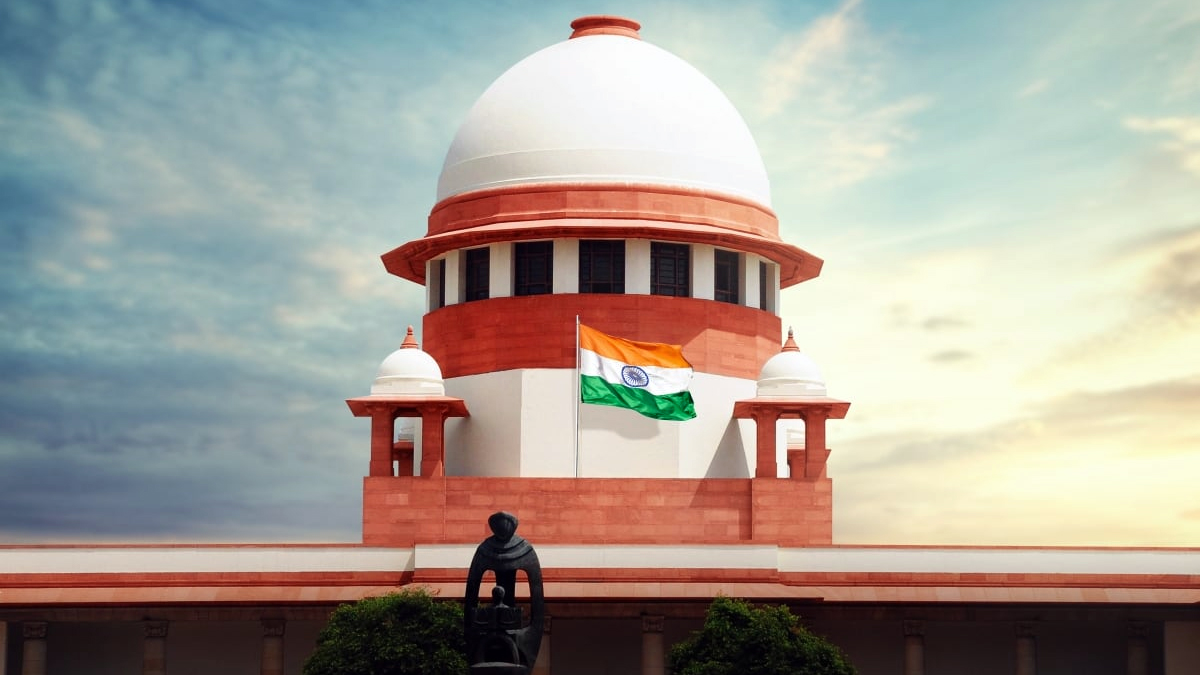
Supreme Court Upholds In-House Inquiry Process in Justice Varma Cash Controversy
Last Updated on April 1, 2025 by Amit Patra
On Friday (March 28), the Supreme Court firmly upheld its mechanisms of internal judicial accountabilities as it threw out a petition seeking to override the ongoing in-house probe into allegations against former Delhi High Court Judge Yashwant Varma after reports surfaced regarding the monetary discovery in his official residence.
A bench compnised of Justices Abhay Oka and Ujjal Bhuyan rejected the petition filed by Advocate Mathews Nedumpara as “premature,” emphasizing on the fact that the judicial accountability mechanisms established by the Supreme Court must be allowed to exhaust themselves before resorting to external interventions.
“At the moment, it’s not for this court to consider this petition. After the in-house report, all options are open,” Justice Oka remarked, adding that once the completion of the inquiry is done, the matter can be directed by the Chief Justice of India towards the lodging of an FIR or towards Parliament if warranted.
The controversy revolved around the incident of a fire on March 14 at Justice Varma’s official residence, allegedly leading to the discovery of huge amounts of cash. The Chief Justice of India got a three – member committee to investigate the same according to the recommendations made by Delhi High Court Chief Justice DK Upadhyay. On the 24th of March, all judicial work was withdrawn from Justice Varma and the Supreme Court Collegium relayed a recommendation for his transfer to the Allahabad High Court.
Nedumpara’s petition not only challenged the specific manner in which the case of Justice Varma was handled but also took a stab at the broader judicial accountability framework as laid down in the Supreme Court’s landmark judgment in K. Veeraswami v. Union of India requiring prior consultation with the Chief Justice before criminal proceedings can be initiated against judges.
Nedumpara’s petition hovered over sharp, trenchant, and cutting questions that were directed toward the first discovery and handling: why was not an FIR registered immediately; why was there no seizure memorandum; why was the issue not reported for a week? He contended that such authority would well be static and unable to substitute proper criminal investigations carried out by specialized agencies.
Justice Oka advised Nedumpara to “educate the common man” about Supreme Court judgments that established the in-house procedure and its rationale, suggesting that the specialized mechanism for judicial accountability serves important institutional purposes.
As the dispute arose, but the matter was actually between judicial independence and accountability, the case provided a context as to how the Supreme Court delicately balances judge exposing it to frivolous criminal proceedings through its internal monitoring mechanisms.


